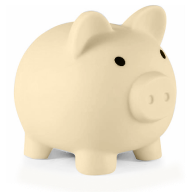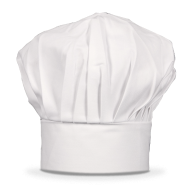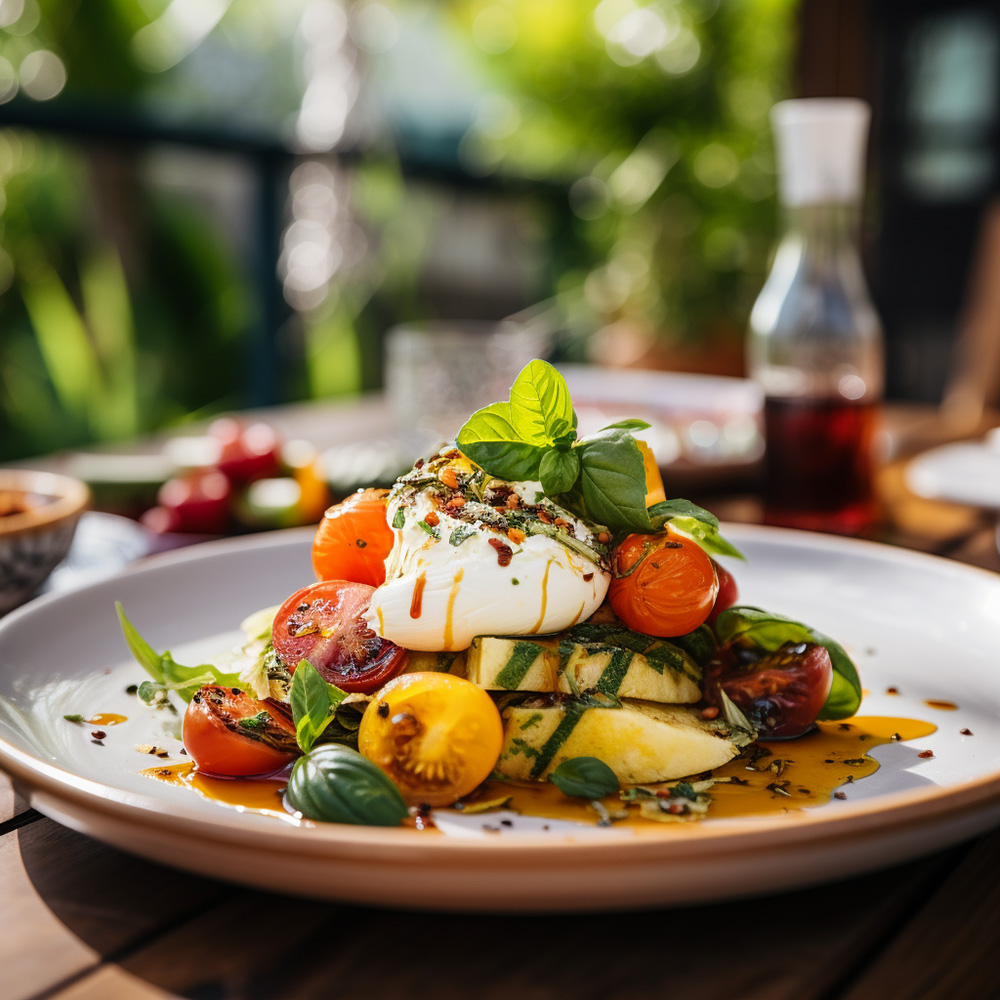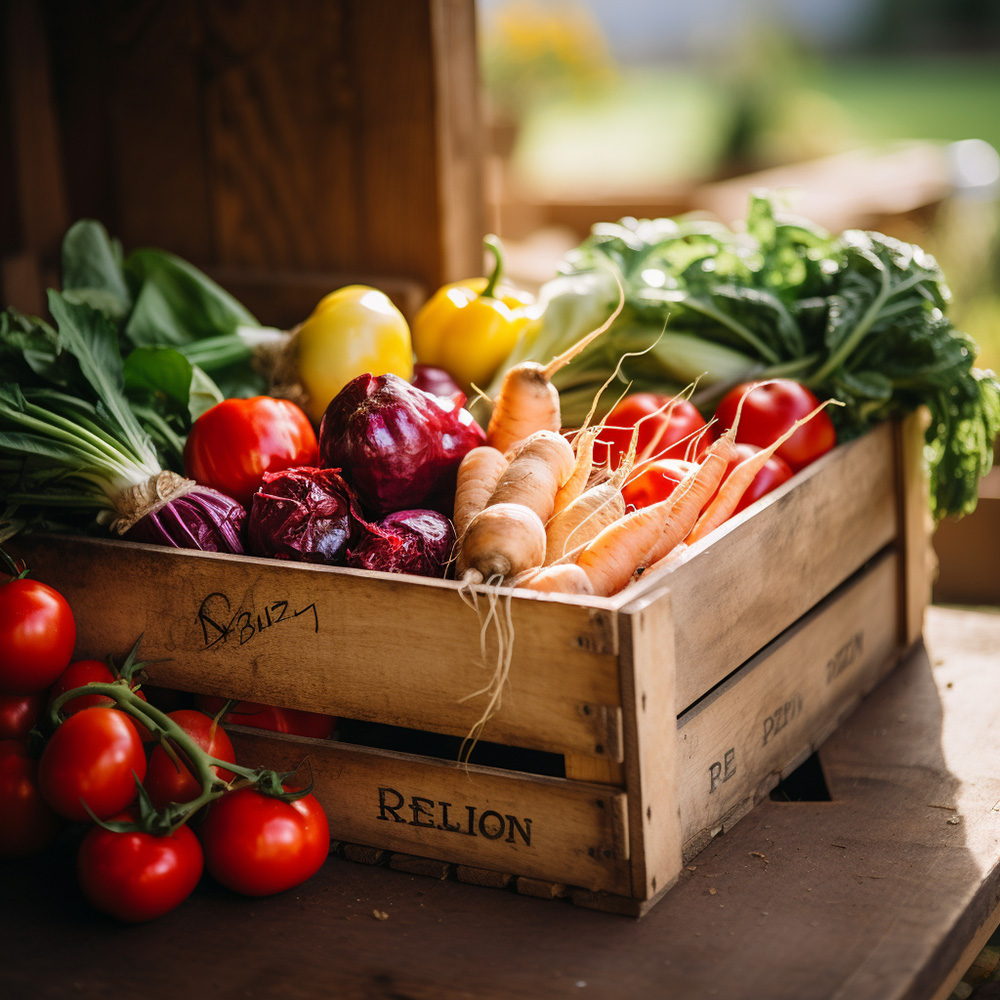
I’ve had the benefit of working with a lot of great executive chefs and hospitality operations managers and owners. The best can quickly and efficiently create accurately costed recipes and menus, and are then are quickly able to zero in on areas where they are overspending or mis-managing their cost of goods.

Accurately costing recipes is an effective way to get a handle on the amount you’re spending on your raw product (your cost of goods, or COGs). When dealing with food, it’s not as easy as throwing together a bunch of raw ingredients and recording their weights or volumes. Often there’s quite a few prep items or recipes that are made in batches (we call them component recipes here) that need to be created first before the recipes for the meals you serve your customers can be created.
Fortunately, hospitality management has come a long way since the back of the napkin, software can now make this whole process a lot easier! If you don’t have a software system yet, then fair not the process for costing a component is just the same as costing a whole dish, but you will need to cost your component recipes first.
To get up and running you’ll need:
- Ingredient costs (excluding sales tax) for all of your raw products (and the units you buy them in). Hint: Grab all of last months invoices from your suppliers if you’re not sure where to start.
- A good set of scales (that round to 1 gram ideally)
- A calculator/spreadsheet/a lot of spare paper/Loaded reports stock system
The process from here is reasonably straightforward - if you’re not a numbers person, don’t be intimidated by the maths: a lot of chefs that have reported to me are intimidated by costing a menu because of the maths involved, but it is as easy as entering the numbers into the formulas below. If you want software to do the maths for you, use a system like Loaded Reports to do the heavy lifting.
As you make your first component/dish, put the plate onto the scales and zero them before you start. Make the recipe exactly as you usually would, ensuring you are creating a standardised size, ie 10 litres. For every ingredient you add write down the quantity used, and re-zero the scales. Never guess or estimate when it comes to costing - 1g of salt looks a lot different to 1g of parsley, and it’s often hard to get it right without a set of scales.
The trickiest part here is working out how much, say, 1g of parsley costs. When working with quantities, use;

The following formula works a treat:

- The first half of this formula gives you your unit cost i.e. how much each kilo/litre/unit costs.
- The second half gives you the total cost of the item within the component recipe.
Once you’ve made the whole component recipe, you’ll end up with something like this (add all the individual components together to get the total cost).

Creating your plated recipe
Once you’ve got each of your component recipes costed, you can move on to creating the cost for your plated recipes, or the actual meals you will serve your customers. Plated recipes will likely include component recipes as well as other stock items. IE a beef burger might include the aioli component recipe as well as a portion of lettuce, a meat pattie and a burger bun. You can follow the same weighing and pricing process for your plated recipes that you did for your component recipes.
When you’re adding a component recipe to the plated recipe, the process/formula is the same as using part of an ingredient:


Calculating your Gross Profit
Once you’ve got the calculated cost of your dish you’re 90% there - now you need to compare it to the price you’ll sell this for to get your COGs/Gross Profit percentage.
* Remember - to get GST exclusive sell price, just divide the retail price by 1.15.

This will give you a decimal, e.g. 0.25, that means, for every $1 of sales, 25 cents is being spent on making the dish. Multiply by 100 to view this as a percent. ie 25%

You will need to put some thought towards how your sell price will be received by your customers and how this will fit in with your overall menu. You may discover you need to rework the price you’re charging to bring your COGs down if your initial COG’s percentage is too high. Or you may need to look at using cheaper ingredients or smaller portion sizes in your recipe. There’s a lot of levers you can pull once you’ve got this key information to make sure you’re getting the gross profit your business needs to thrive.
If you find your actual spending on COGs is higher than what you have calculated, you’ll want to identify why. Stocktaking is the next step to find out exactly what’s being wasted and where.
Pro tip
Some items have inherent wastage or yield - If you know that you’re going to have 20g wastage when you’re cleaning a 250g sirloin, you can include it in your costing so that your customer is paying for all of the product used. Be careful not to build in wastage to products that shouldn’t have it however, as this is a slippery slope - if you accept all wastage and include it in all items your COGs will skyrocket. As a general rule, if you’re using more of a product than you expect to, it’s either going to customers for free or into the bin, and you need to look at the way you’re managing the product or the quality of what you are purchasing.

More Profit
Making money doesn’t happen by accident! Learn how to tune your business and improve your bottom-line.

More Success Stories
Get inspired by stories from real Loaded customers who run thriving hospitality businesses.

More Labour
Get tips for optimising your staff’s time, and for managing your team effectively.

More Culture
Making money doesn’t happen by accident! Learn how to tune your business and improve your bottom-line.

More Design
Making money doesn’t happen by accident! Learn how to tune your business and improve your bottom-line.

More Design
Making money doesn’t happen by accident! Learn how to tune your business and improve your bottom-line.

More Design
Making money doesn’t happen by accident! Learn how to tune your business and improve your bottom-line.
Learn from the best
Find articles, videos, E-books and more all delivered by our qualified, world-class community of expert hospitality operators: take a look
Season 2: Spring Bootcamp for a Money-Making Summer
We've poured our 100+ combined years of hospitality experience into a series of live and recorded webinars that will be your bootcamp for a money-making summer.





















